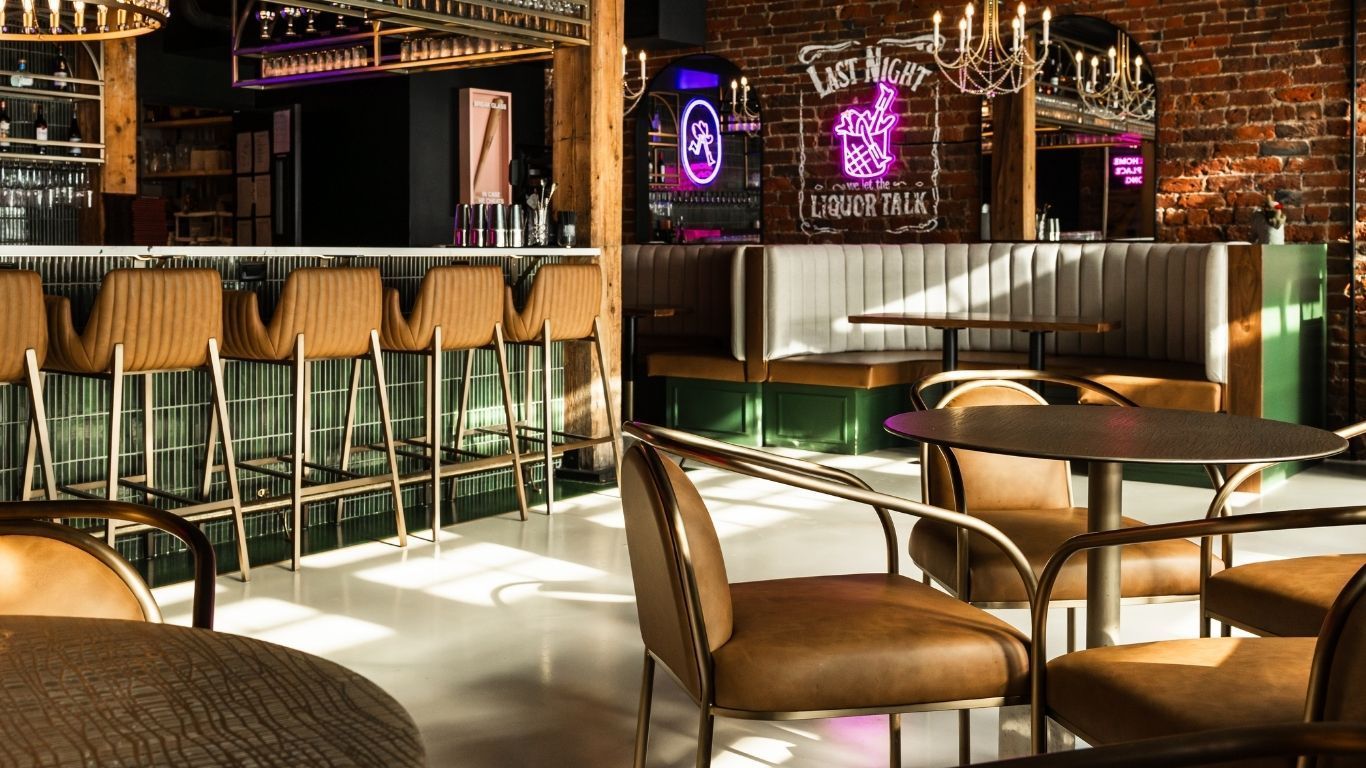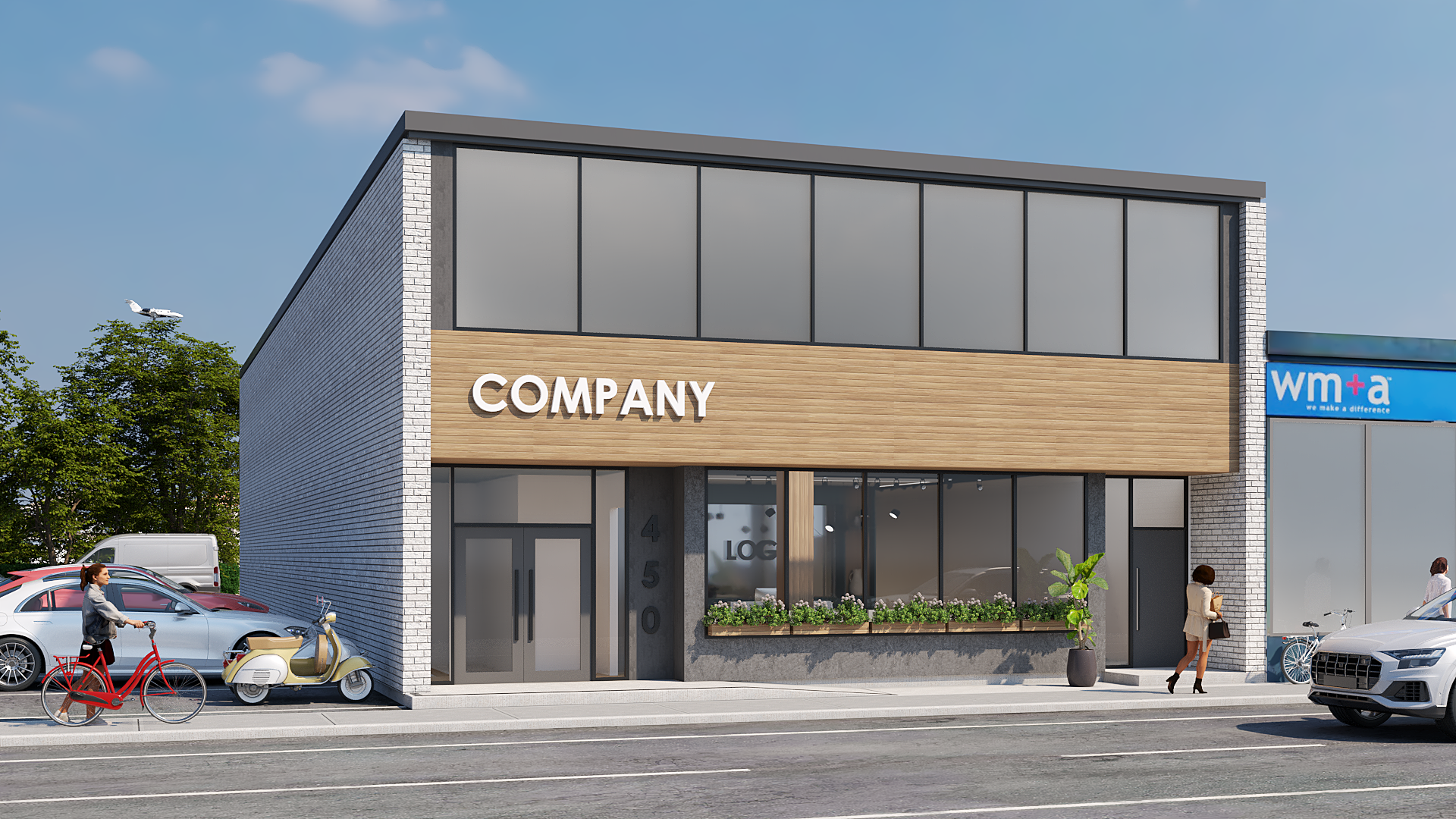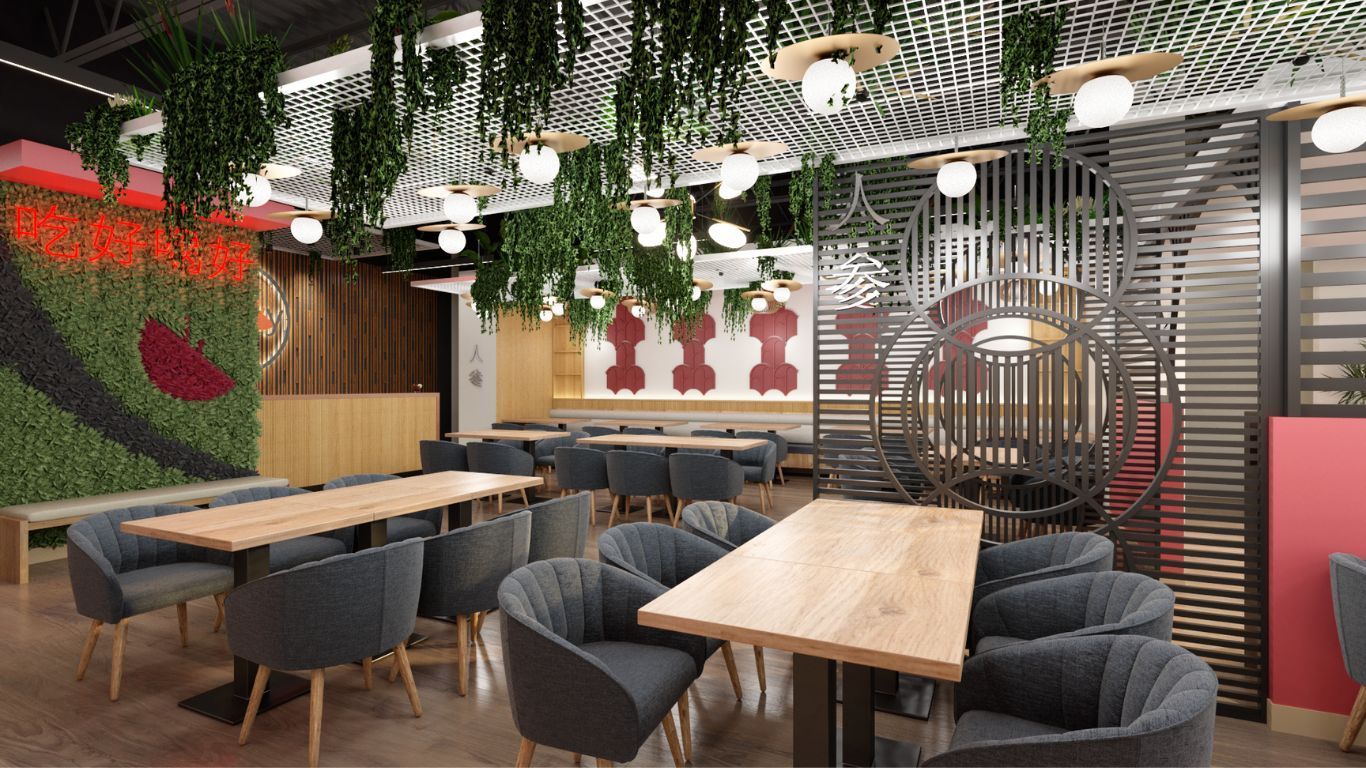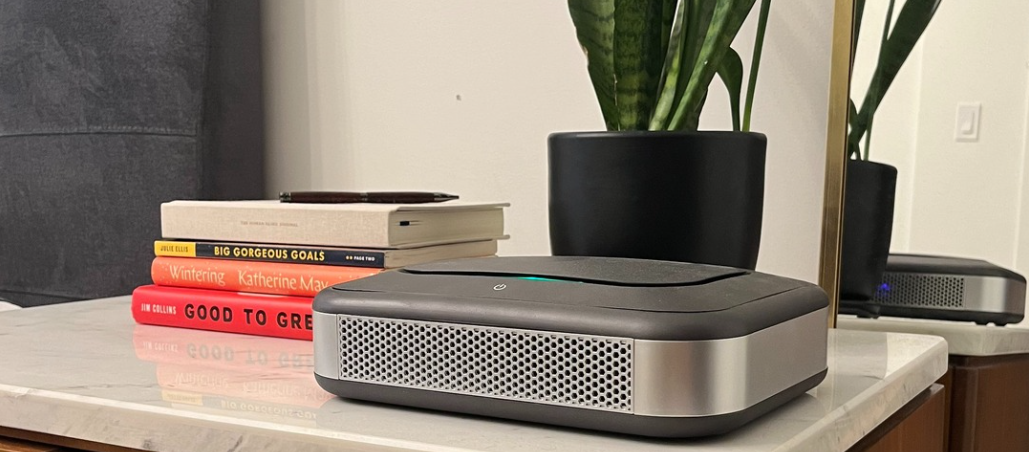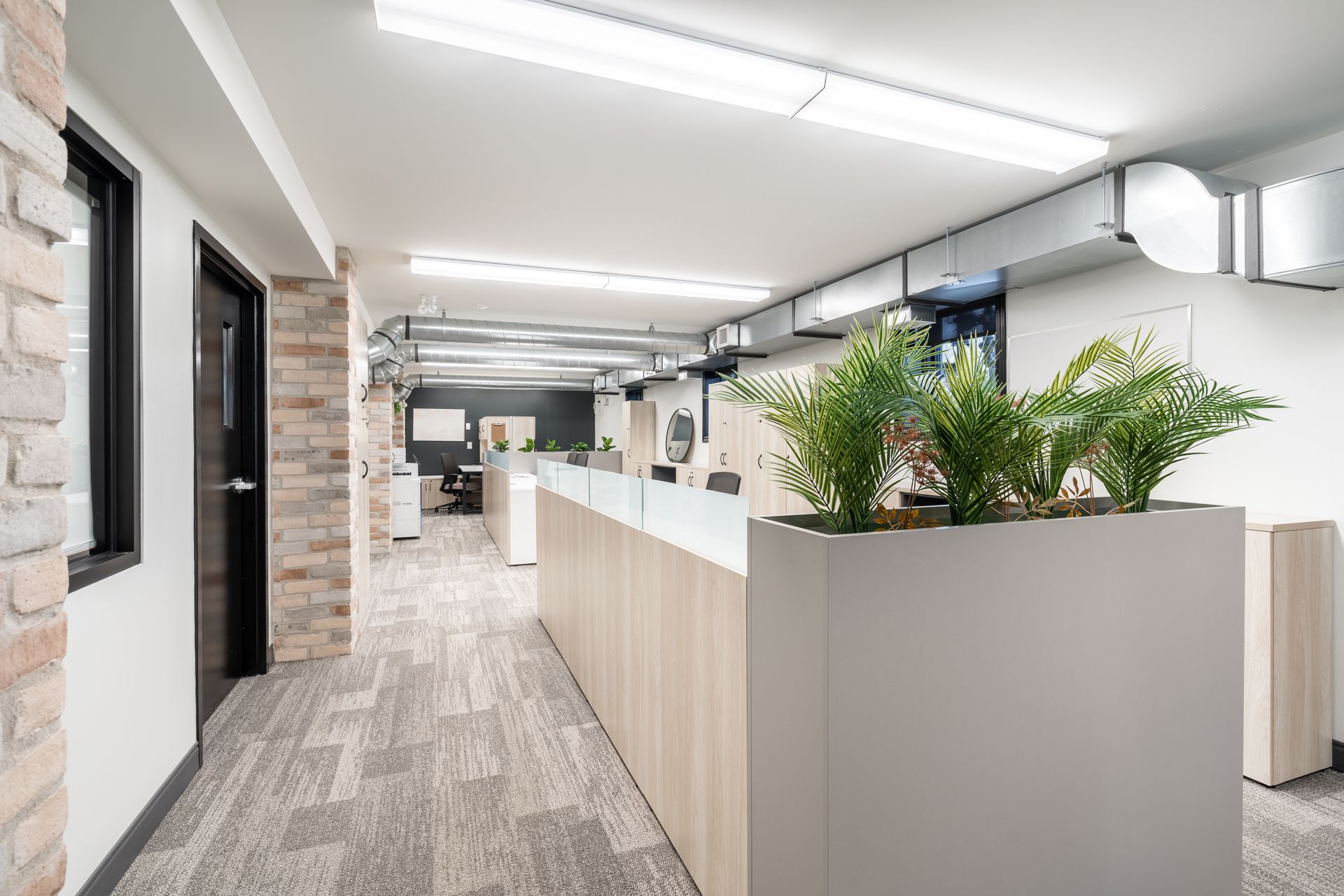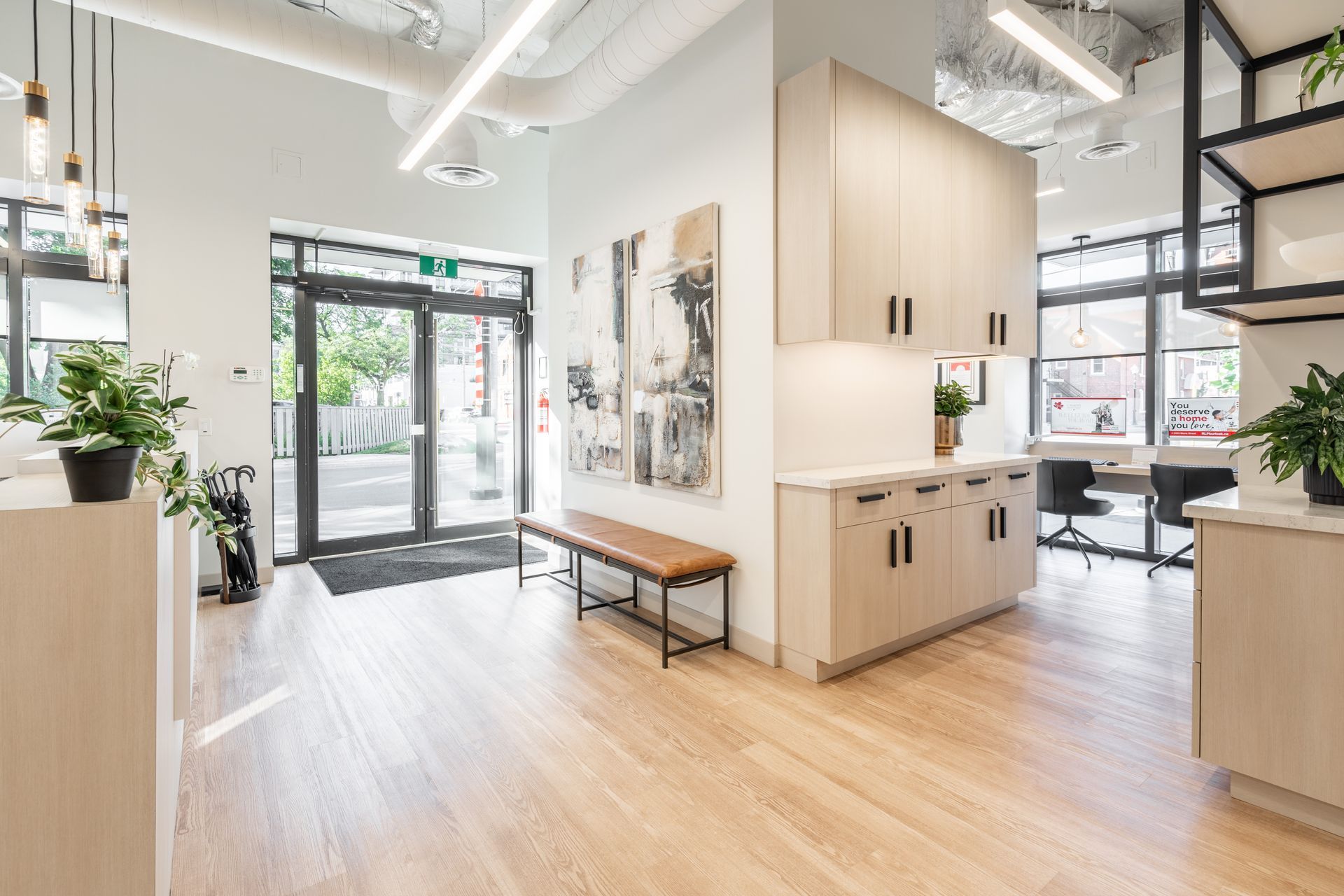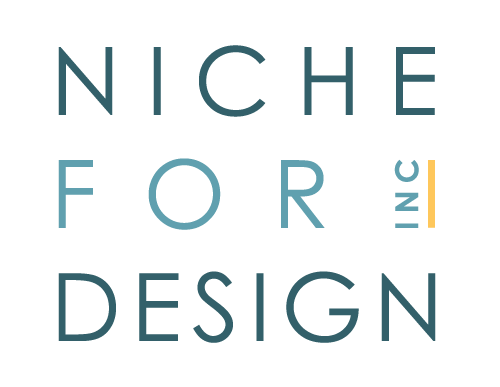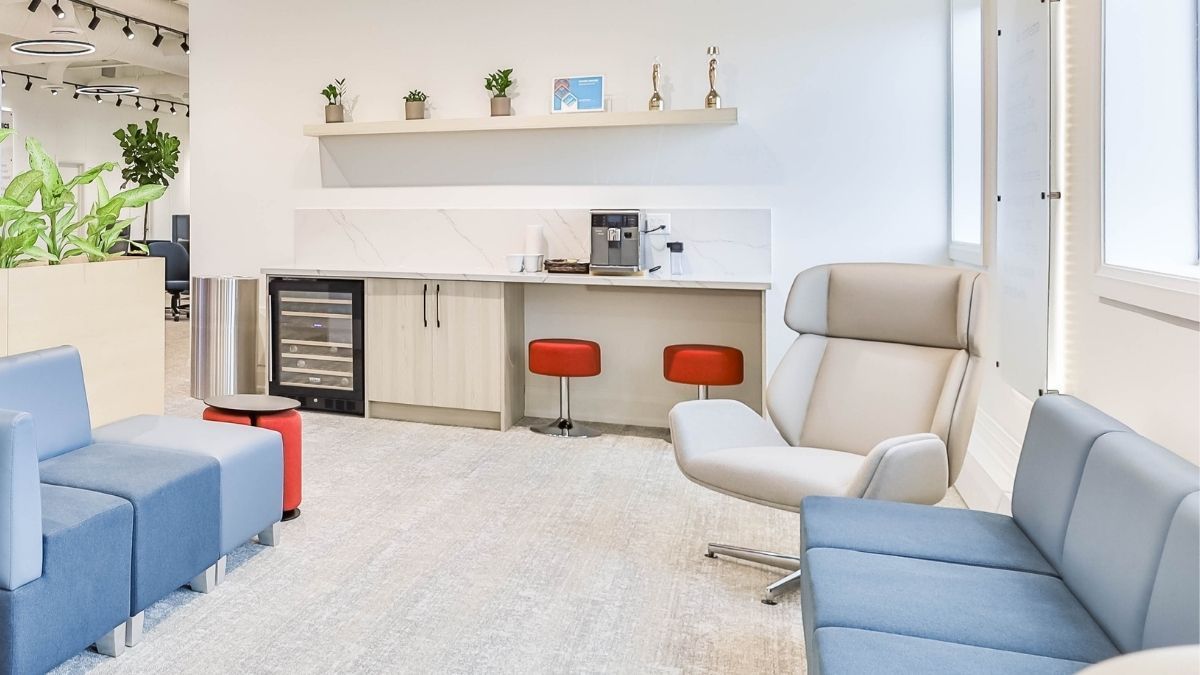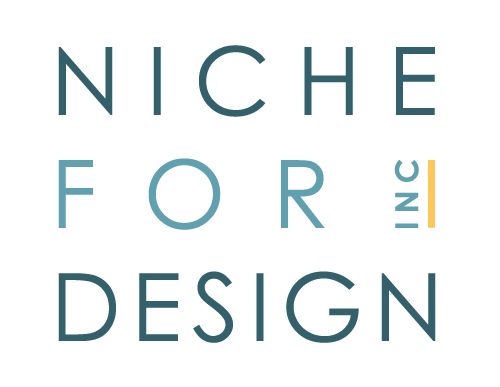Flexibility & Choice to Promote Workspace Wellness
Awareness of the importance of wellness in the work environment has been on the rise for at least a decade. However, the recent global pandemic has resulted in significant shifts in both mindset and legislation; which feel like a decades worth of change, in a matter of months. With an essential focus on: virus transmission, immune support and air quality and an inherent understanding of how mental health affects our work; we are entering into a completely new reality when it comes to corporate interior design and expectations in our office spaces. Demonstrating a real concern for employee wellness will be integral to successful management in the coming years and will require a holistic approach to both policy and workspace design.
Employee feedback, from practically endless sources, has consistently sited; flexibility, freedom, and and the convenience of choice, to be key advantages to working from home. We would expect that businesses who find ways to incorporate aspects of these advantages in their policies and workspaces will fare significantly better with: employee engagement, retention, and even health. It is appearing possible that freedom of choice may even good for our mental health and may help to prevent stress. So how do we provide choice in a post-covid-19 office with so many restrictions around social distancing and cleaning protocols? The solutions will be different for each company. However, a great place to start is by having conversations with your team. Ask questions such as:
- What do you enjoy about working from home?
- What do you miss most about your days in the office?
- What are the most important elements of your workspace?
In the short term, flexibility around when and how often an employee might return to the office will likely be the norm. Additionally, introducing policies where employees are permitted to work from home a certain percentage of time could mitigate a great deal of stress for employees and managers alike. Maintaining lower occupancy of workers and making it easier for employees to stay home if they are unwell, will also allow for a simplified approach to managing the space. Minor adjustments and space planning to create a safe radius around workstations, as well as safe circulation throughout the space will be a great place to start.
In the longterm, we as managers and office workers, have an important decision to make. What do we need most of out of the work environment? We know that not everyone prefers working for home, and even those who do, often say that they miss the opportunities for social connection. The most common complaints about working from home are typically distractions, and the challenge of separating work and personal life. Does your office space promote, the ever valuable, connection to company brand and values? I believe that it absolutely can, and expect that employers who get this balance right will benefit from significantly better performance and retention. Only time will tell. We don’t have all of the answers, but there has never been a better opportunity to explore these possibilities. Interested in discussing the potential to better accommodate your team at home or in the office, send us a message to info@nichefordesign.com.
Like this resource? Feel free to share...
